类神经网络训练不起来怎么办?
概念
Critical Points
- Local minima
- Local maxima
- Saddle point (马鞍)

Tayler Series Approximation
The loss function around can be approximated as:
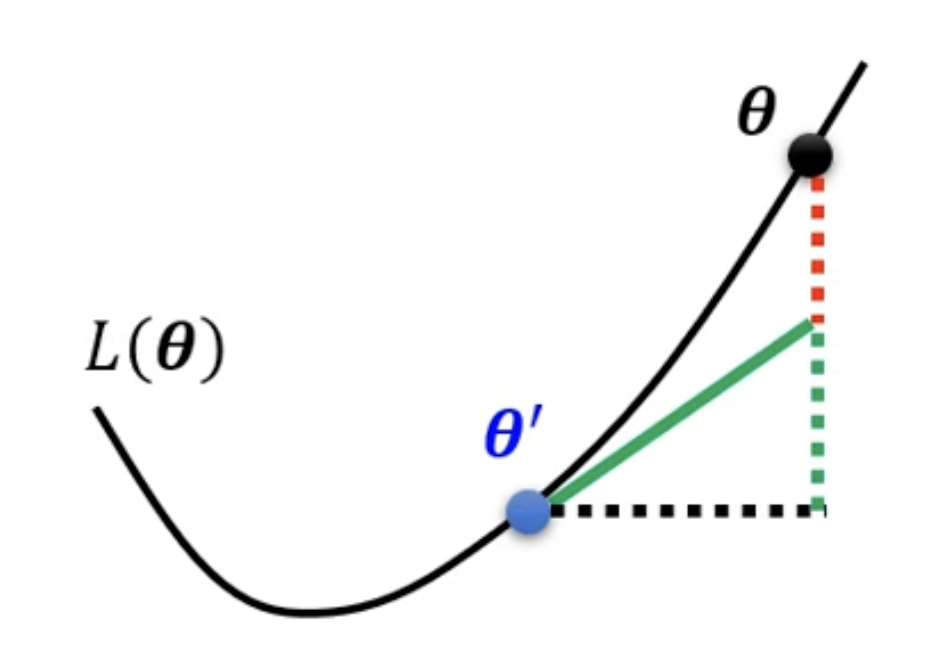
Gradient ( g ) is a vector:
Hessian ( H ) is a matrix:
Optimizers
Adam: RMSProp + Momentum
- [[blog/2025-06-30-blog-082-machine-learning-training-guide/index#训练技术#Adaptive Learning Rate 技术#RMSProp]]
- [[blog/2025-06-30-blog-082-machine-learning-training-guide/index#训练技术#Momentum 技术]]
Summary of optimization
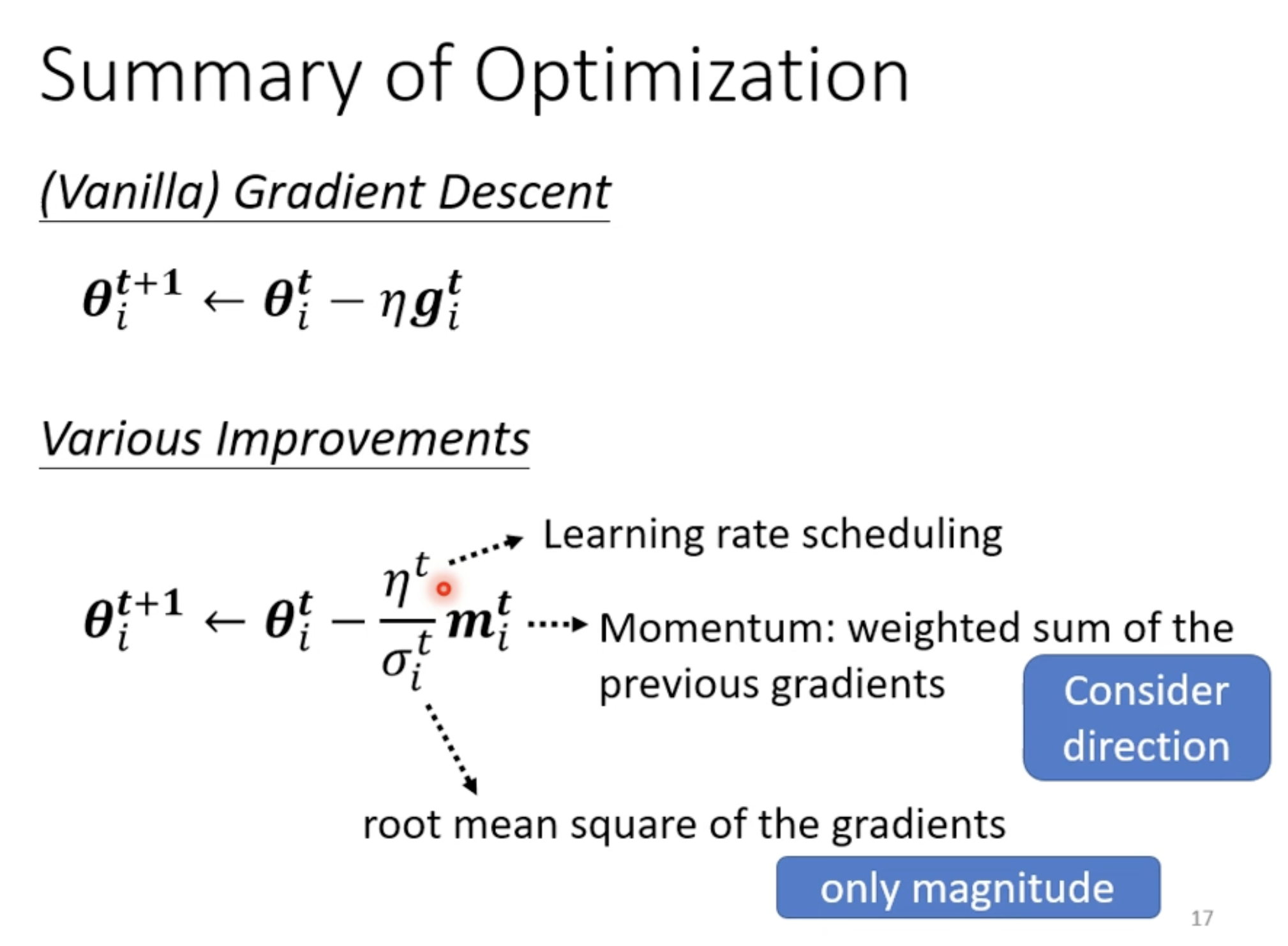
- 算不同的 momentum
- 算不同的
- 算不通的
讨论
No local minima
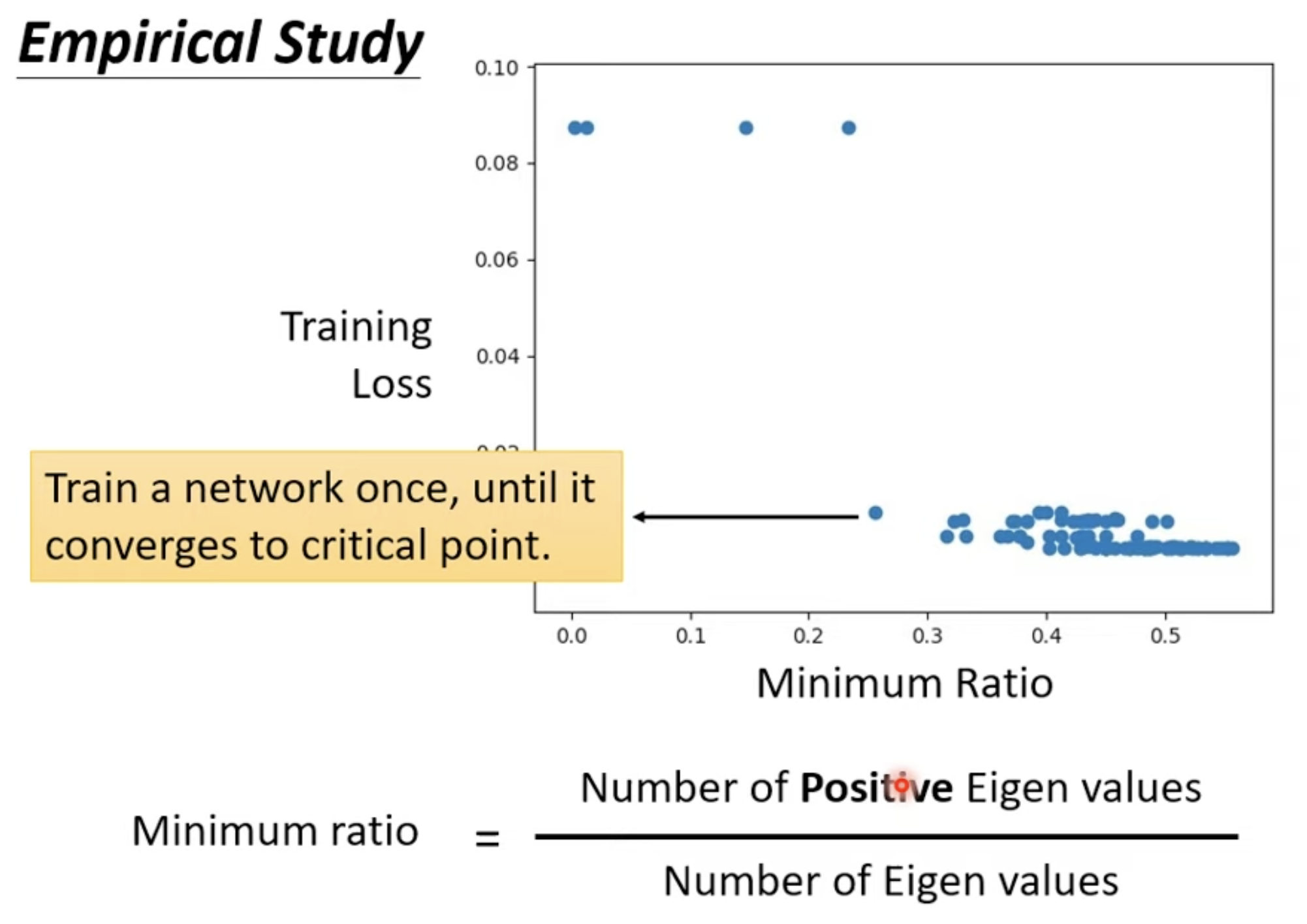
根据研究,我们其实很难找到 local minima, 因为 minimum ration 和图上的研究,我们获得最好的 Loss 的时候, Minimum Ration 大概就在 0.6 左右,这意味着我们其实还可以继续往 loss 更低的方向继续走;但是为什么训练可以停下来了呢,一个是成本问题,继续往下训练带来的成本增加和获得效果不成正比,二是你可能卡在了一个 saddle point.
Training stuck != Small Gradient

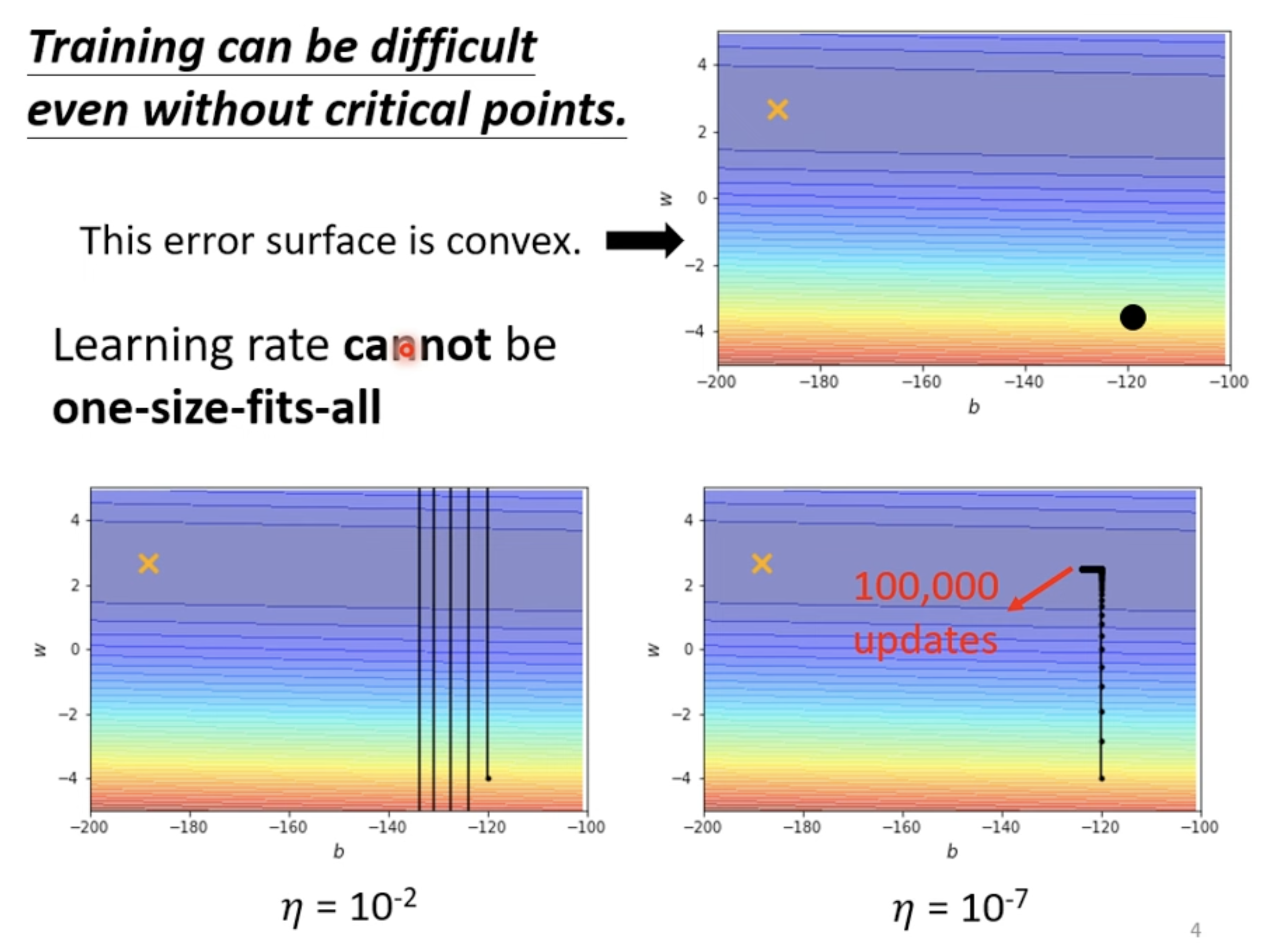
- [[blog/2025-06-30-blog-082-machine-learning-training-guide/index#训练技术#Adaptive Learning Rate 技术]]
With Root Mean Square
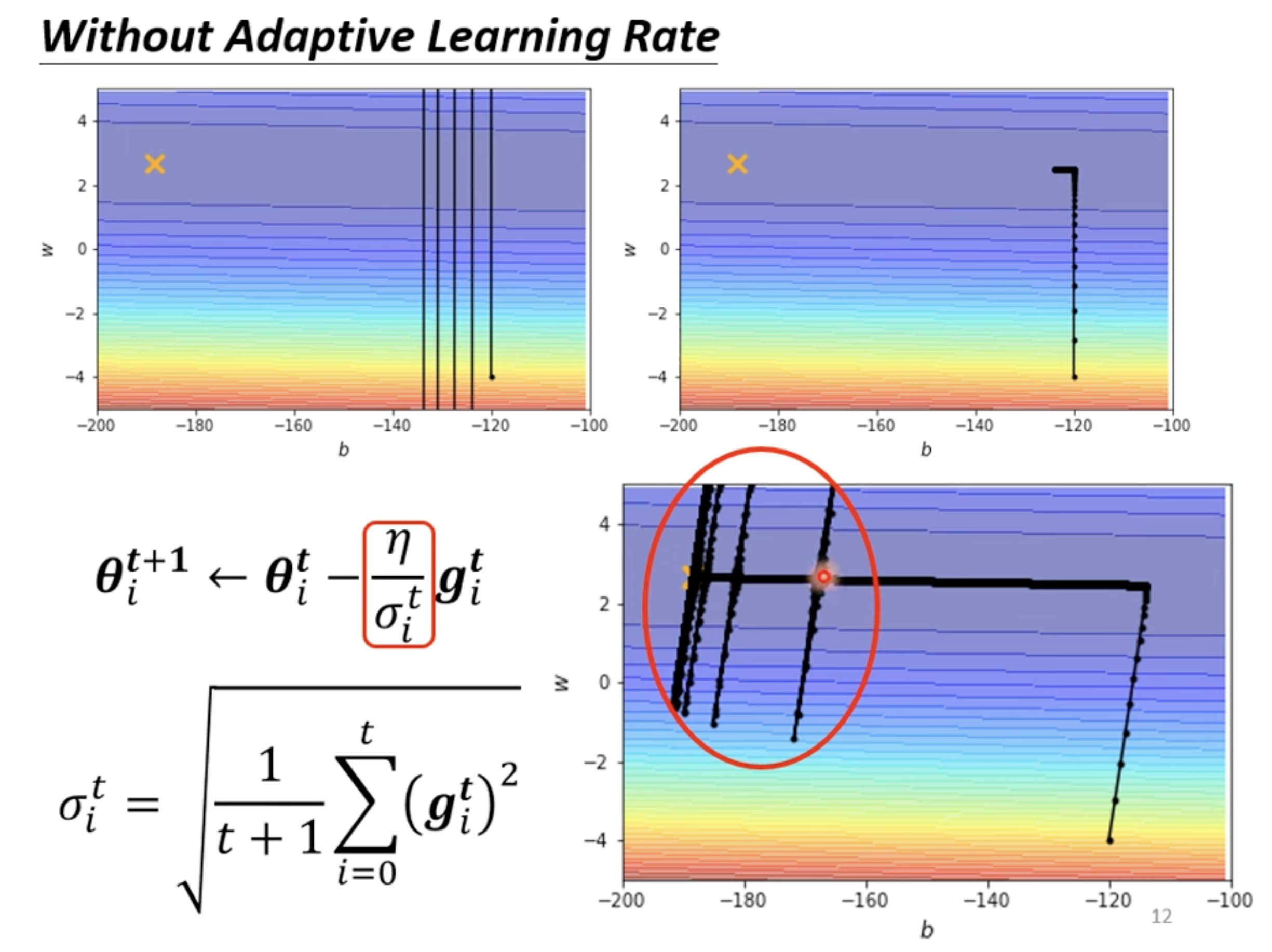
分类问题
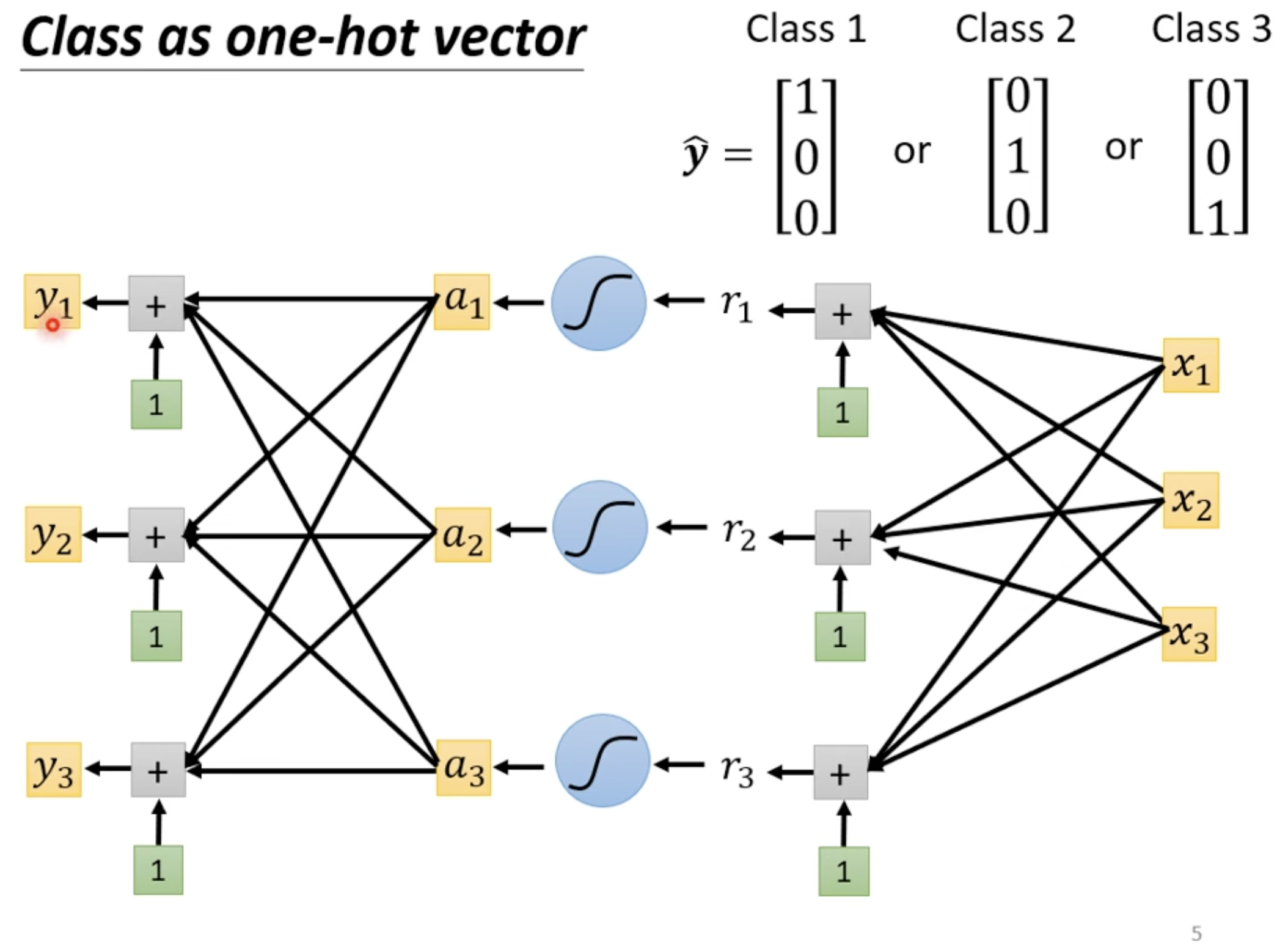
Regression vs Classification
- Regression 中 y 是一个数值,Classification 中 y 是一个向量
softmax将所有数值映射到[0, 1]的区间中,以利于后续做分类 (简单解释)

Softmax 运作
- = 1

Loss of Classification


训练技术
Batch 技术: Small Batch vs. Large Batch
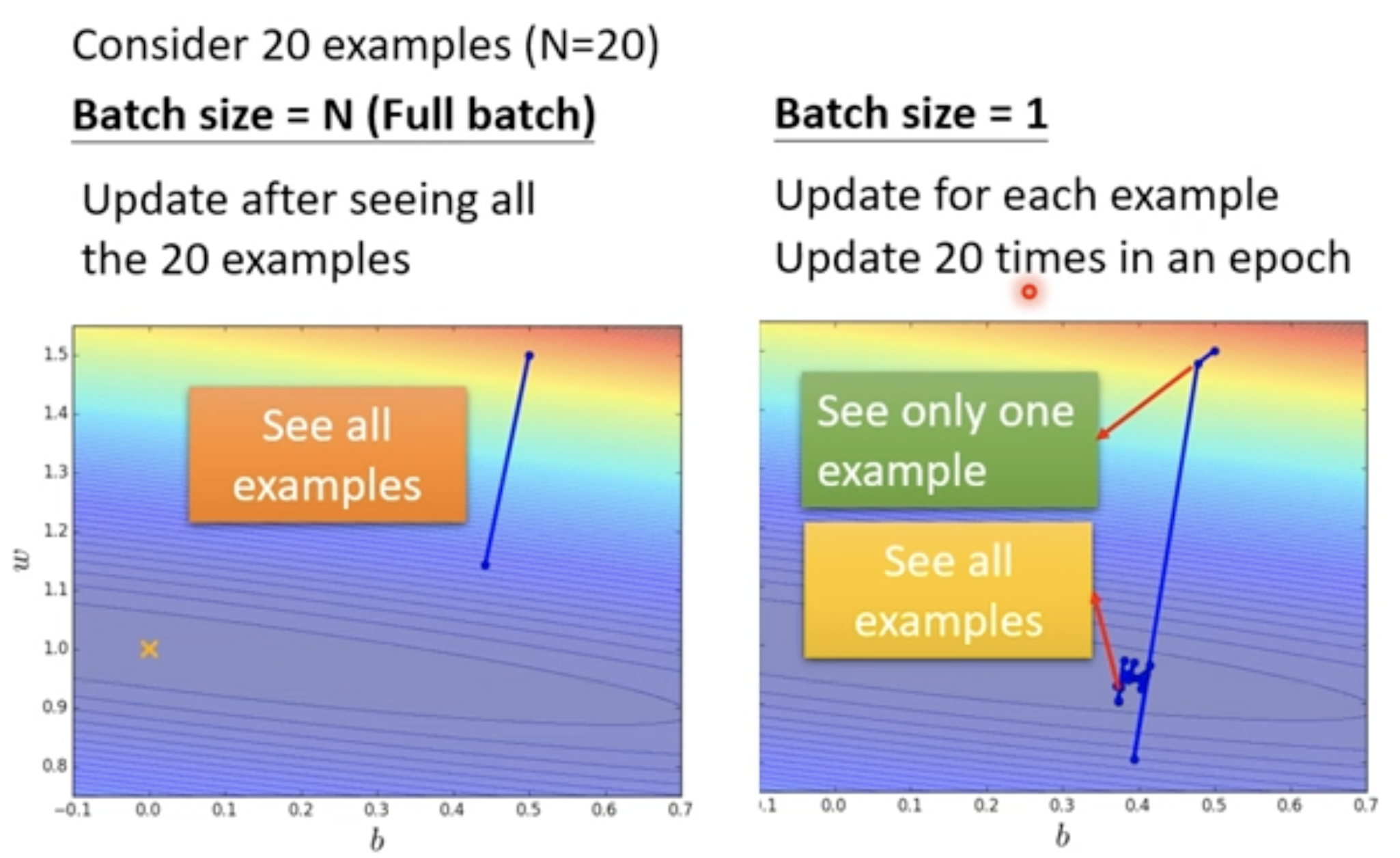
| Metric | Small Batch | Large Batch |
|---|---|---|
| Speed for one update (no parallel) | Faster | Slower |
| Speed for one update (with parallel) | Same | Same (not too large) |
| Time for one epoch | Slower | Faster ✅ |
| Gradient | Noisy | Stable |
| Optimization | Better ✅ | Worse |
| Generalization | Better ✅ | Worse |
Momentum 技术
(Vanilla) Gradient Descent
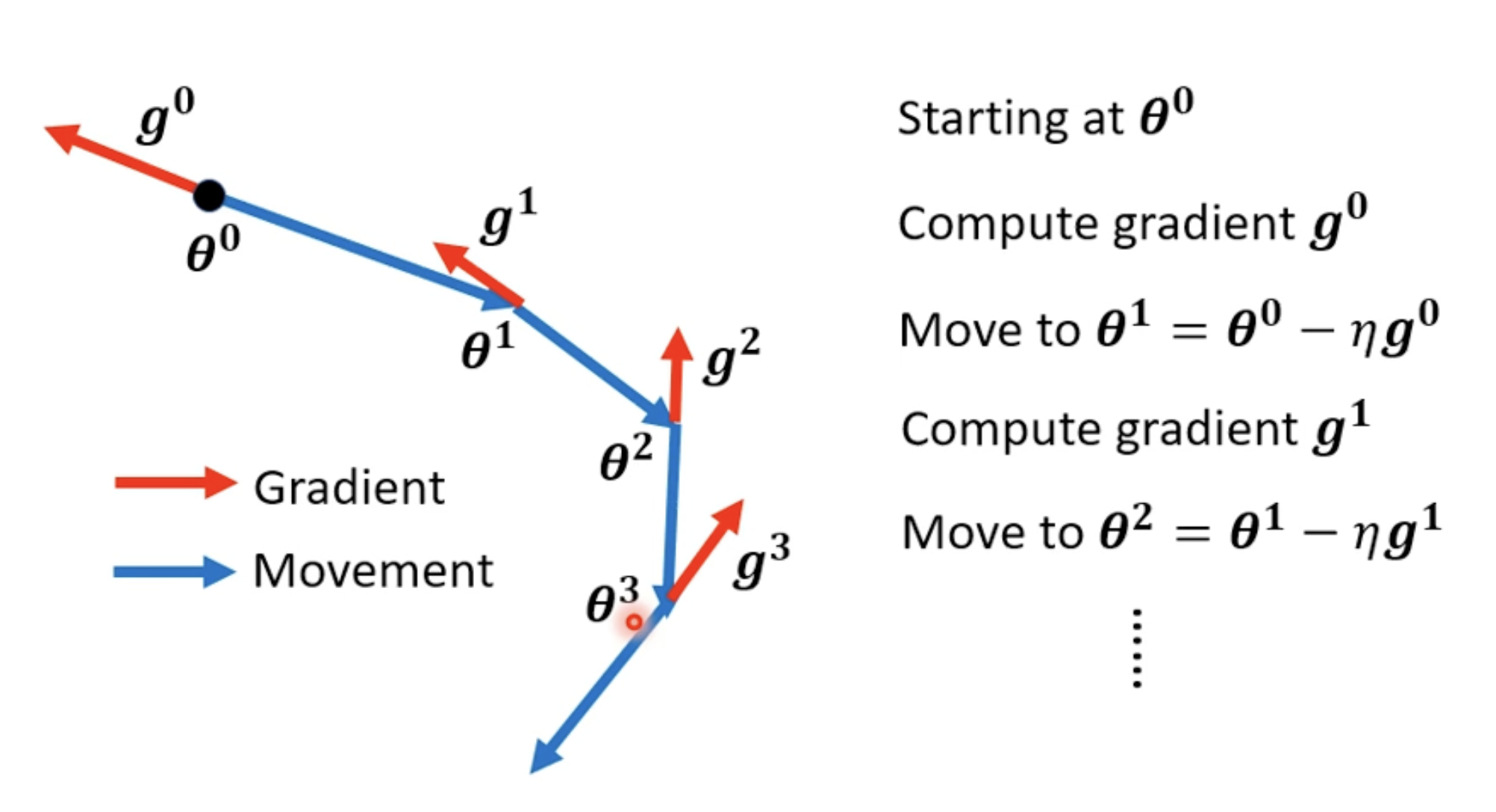
Gradient Descent + Momentum
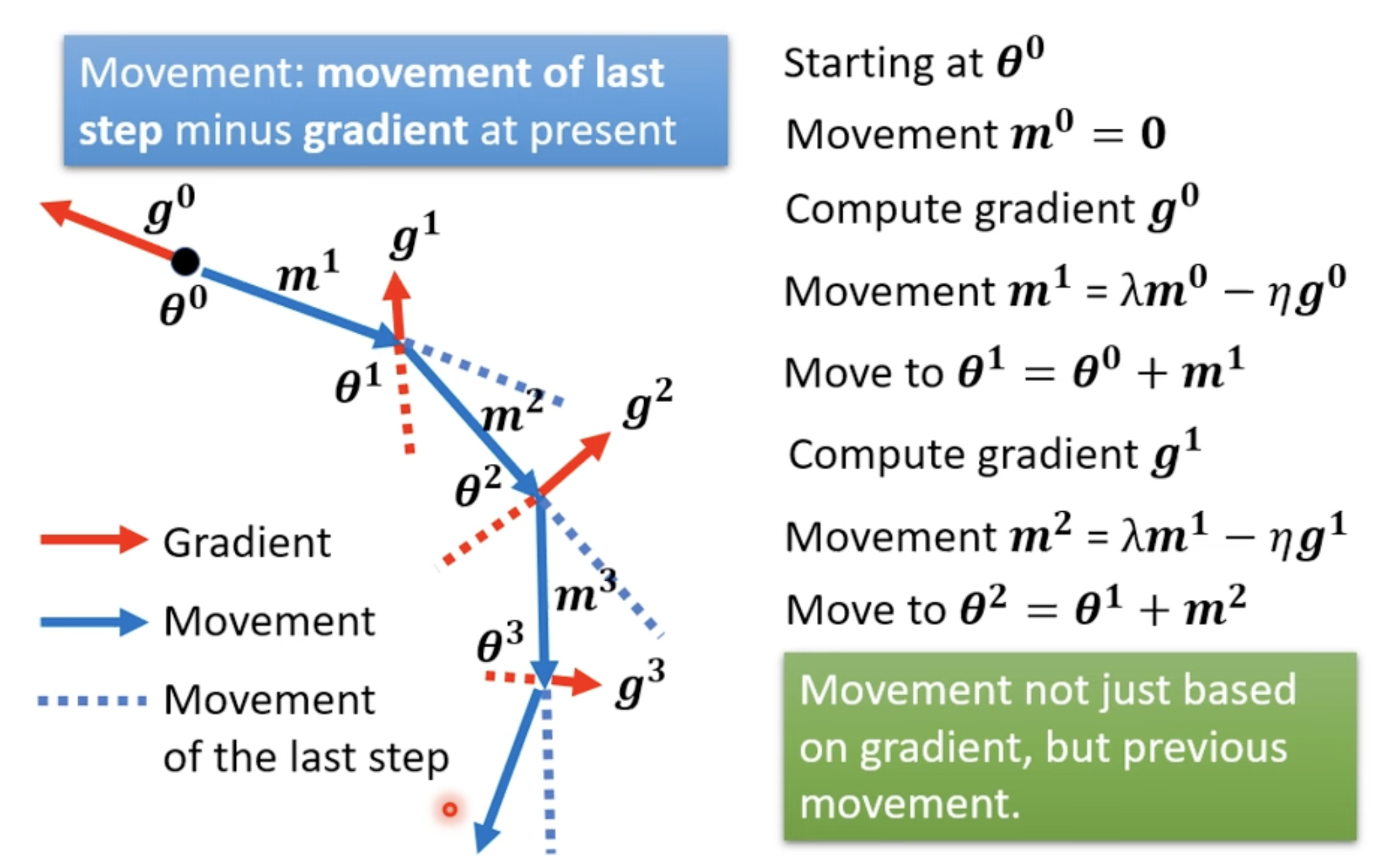
is the weighted sum of all the previous gradient: :
Adaptive Learning Rate 技术
- : Parameter dependant
Root Mean Square
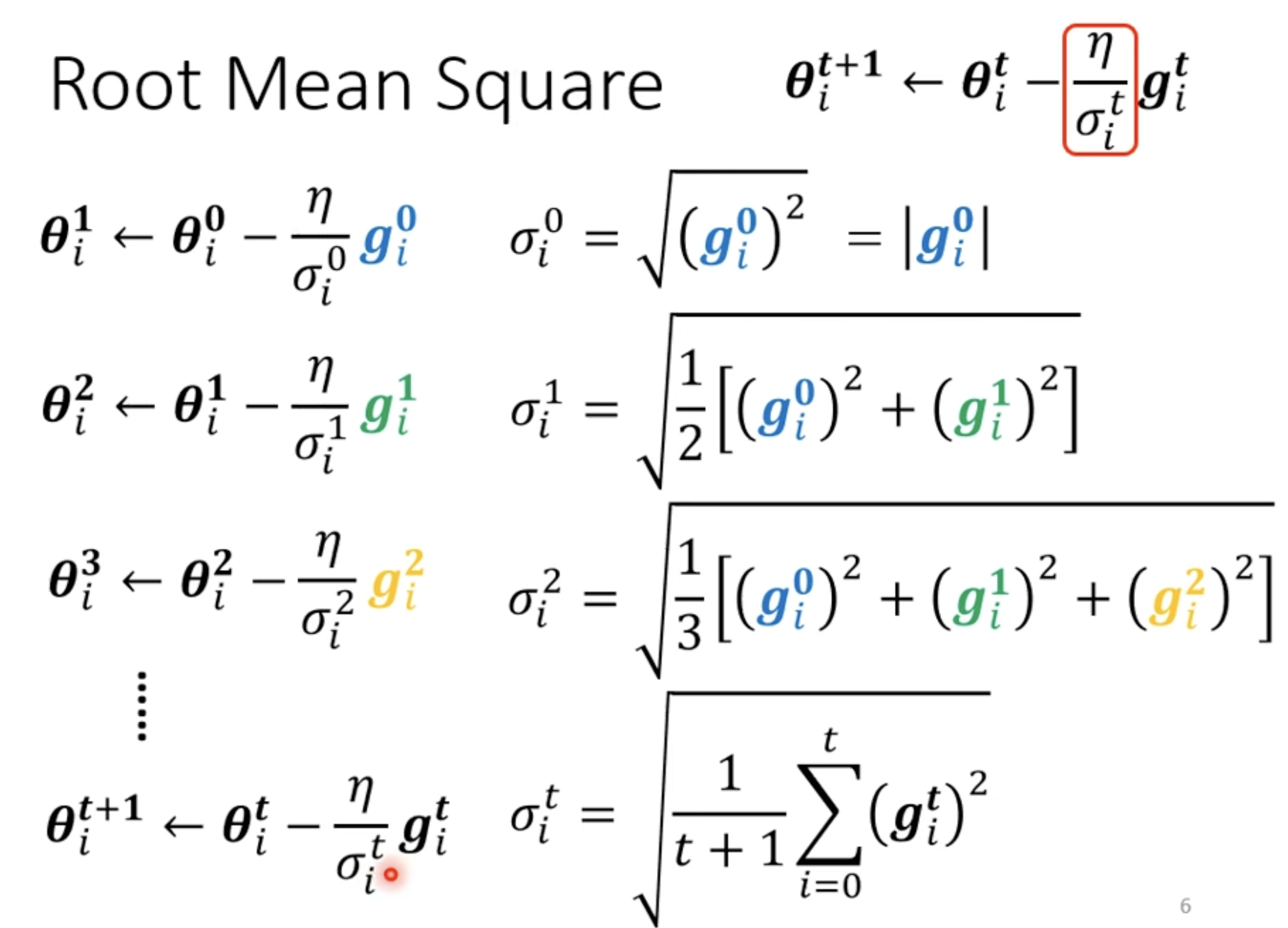

RMSProp
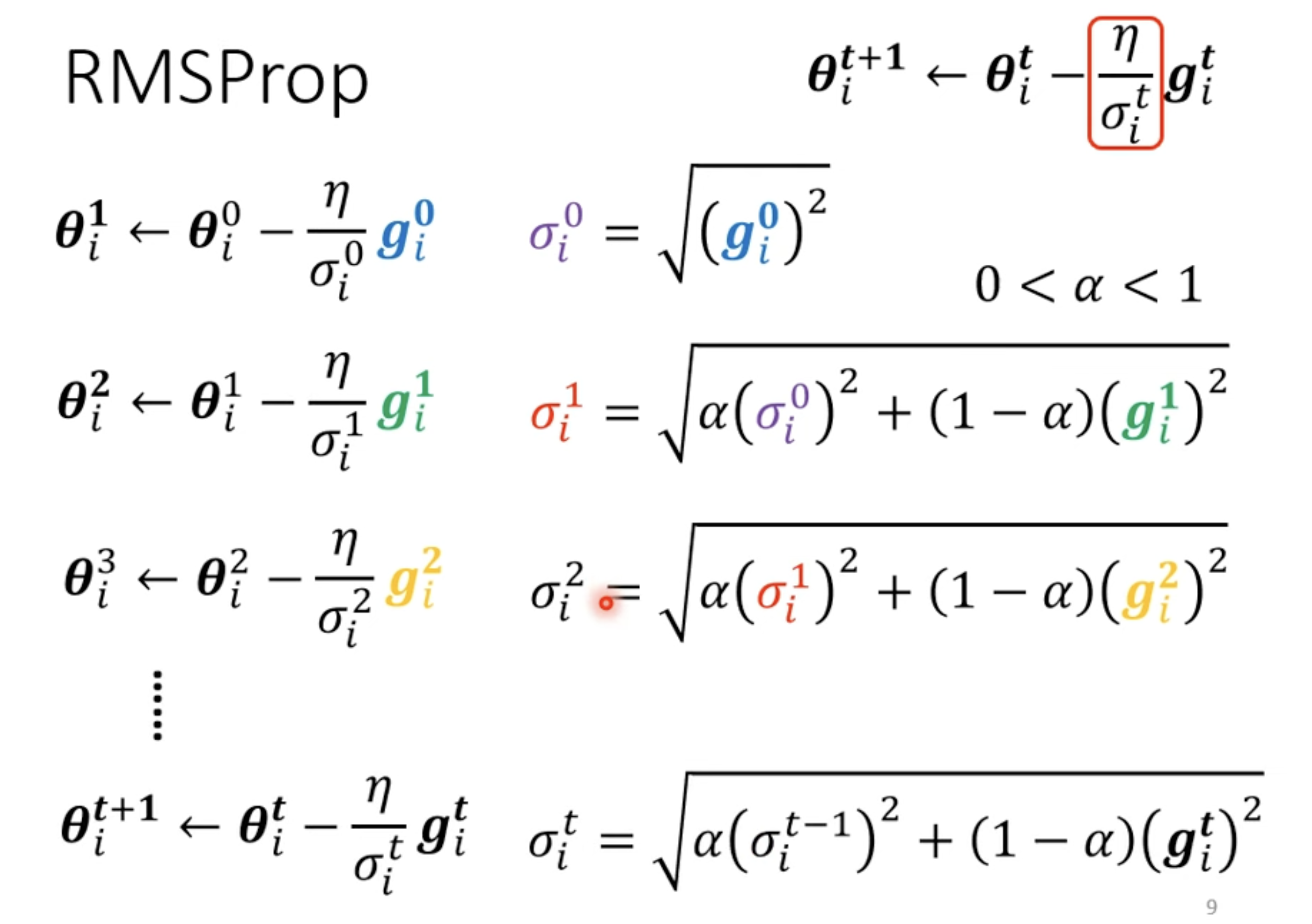

Learning Rate Scheduling
Learning Rate Decay: reduce learning rate by time.

Batch Normalization
Change landscape
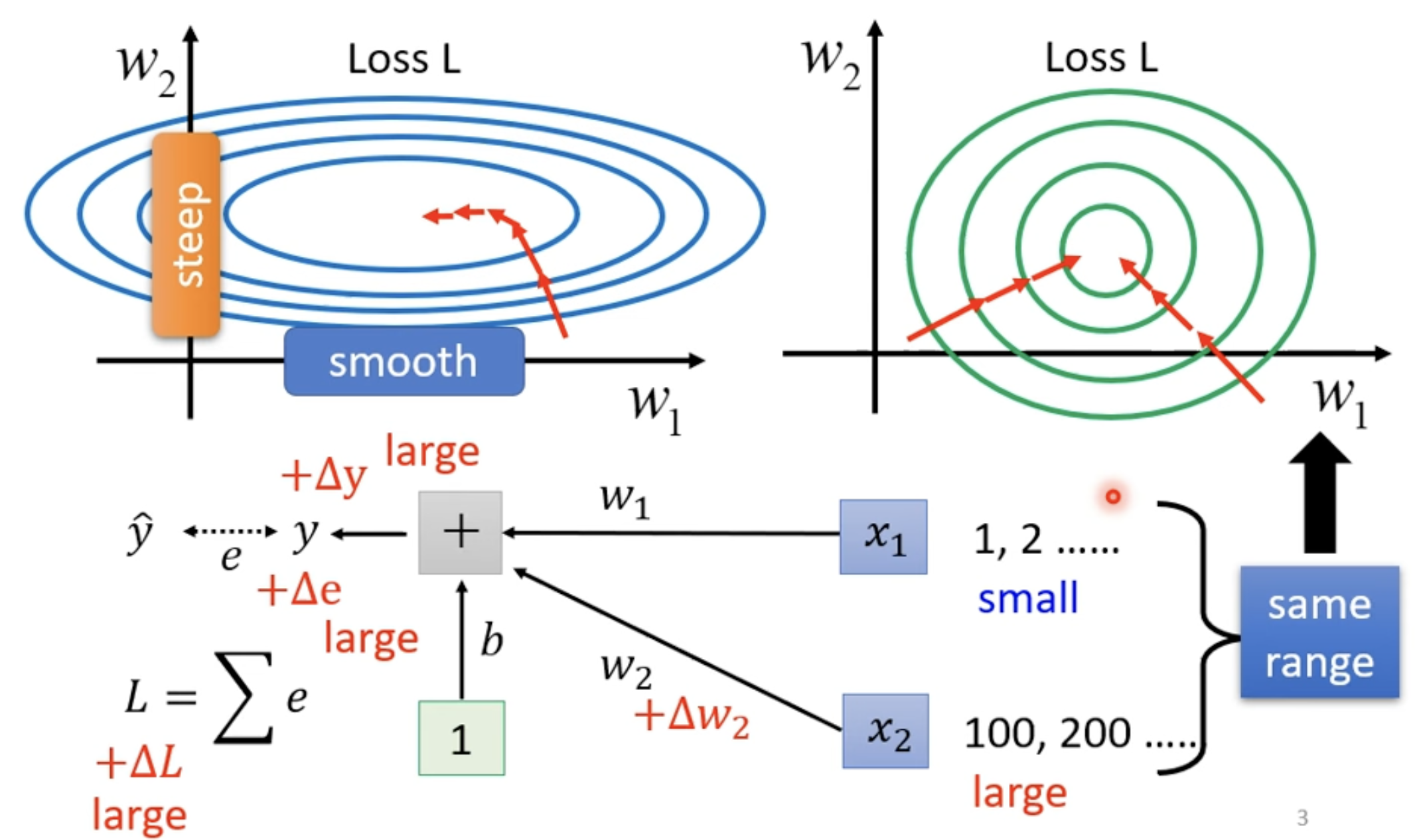
- 由于 中 数值比较小,Loss 改变也会比较小;反之 数值比较大,Loss 改变会比较大
- 改 Error surface,把"山"铲平
Feature Normalization
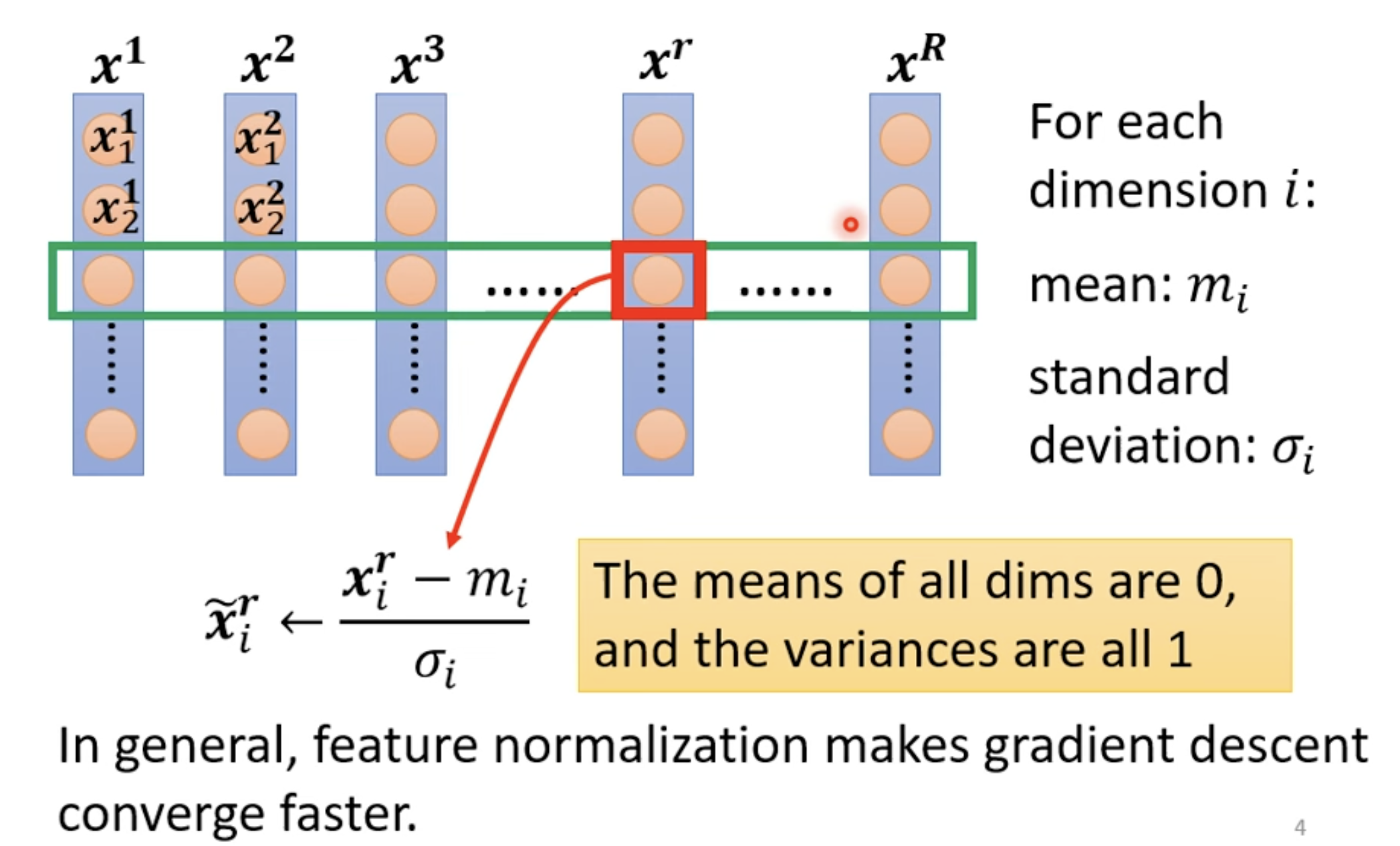
The variances are all 1 意味着 ,也说明 68.2% 的数值都会在 [0, 1] 的区间,数值的分布变得更加均匀。。

Considering Deep Learning
同样可以考虑对所有 其他位置,其他输入,其他输出做相关的 Normalization。
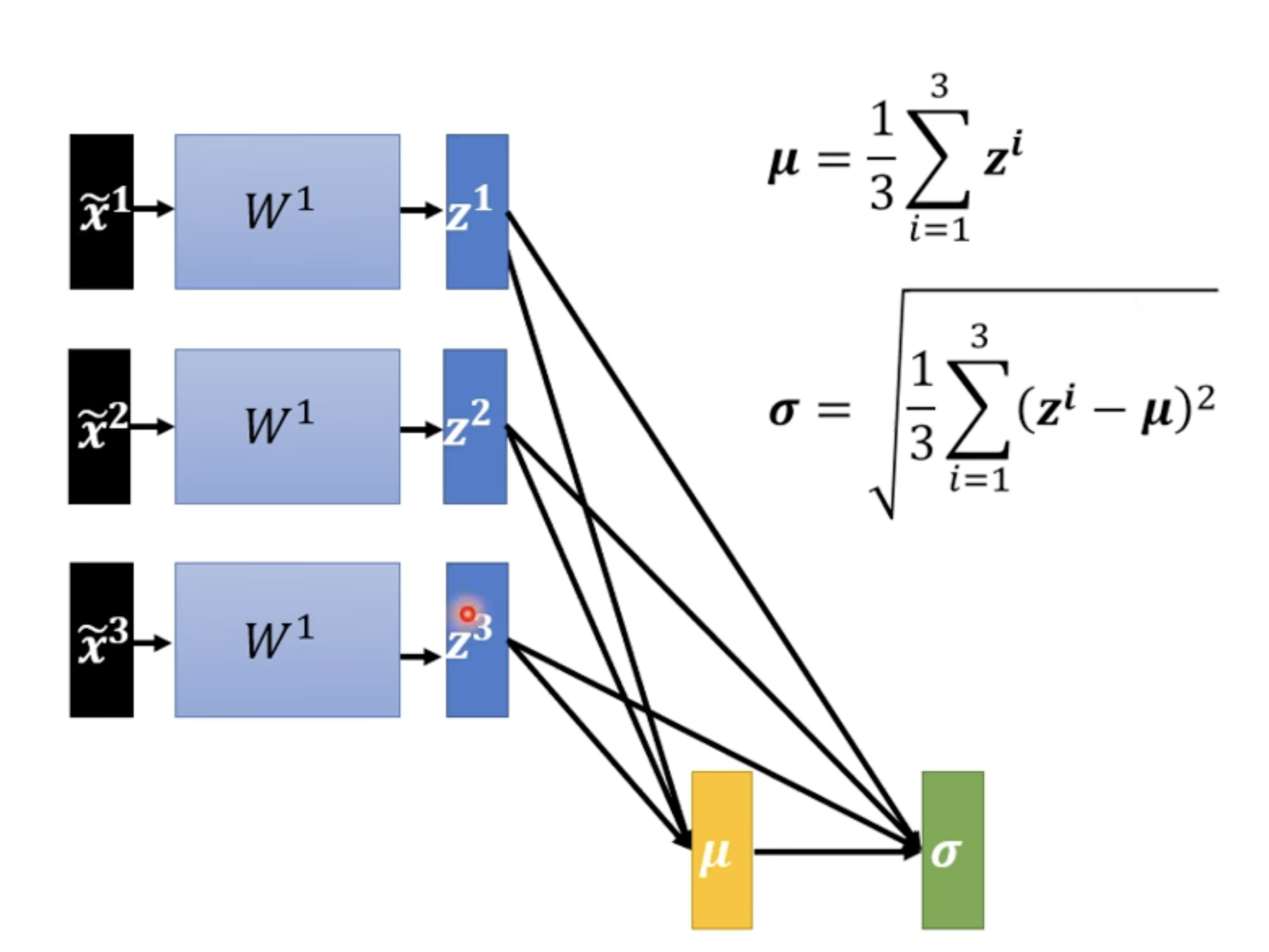

做完 Feature normalization 之后, 改变后, 和 改变,这会导致 和 , 以及之后的 , , 改变。也就是说通过 normalization 计算后获得了大的 network 里面的一部分,这对计算资源有很大的要求。
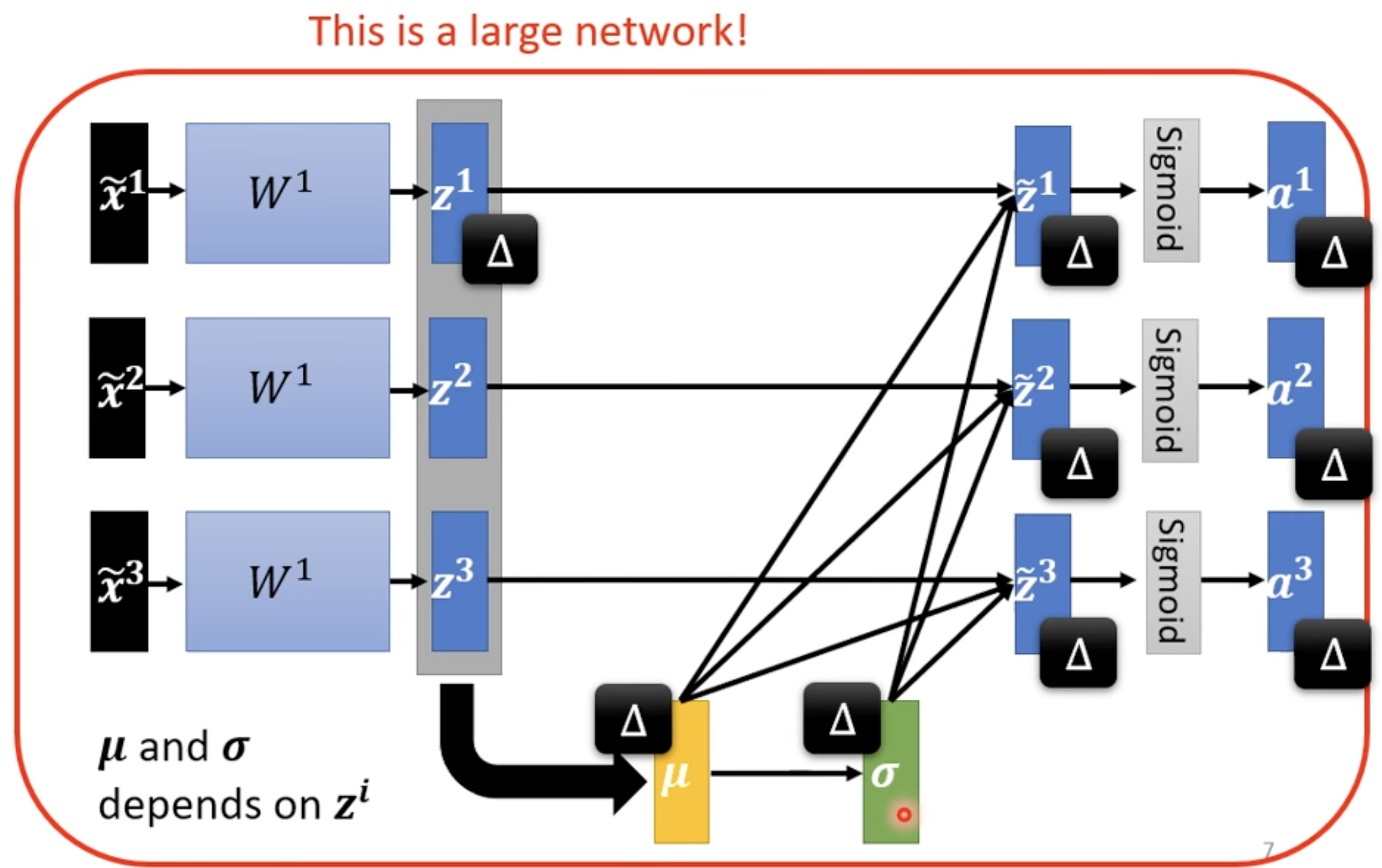
所以为了解决问题,我们将数据分为不同的 batch,算一个 batch 的话对计算资源我们是能够满足的 --> Batch Normalization(适用于 Batch Size 比较大的情况)。
Batch Normalization
Traning phase

- 当 结果平均是 0 的话,会对结果有什么影响,为了避免这个情况,增加 , ;
- 所以初期的时候, 全部是 1 的向量, 全部是 0 的向量;训练到后期在加入, 获得其他结果;
- 总的来说,加入 , 往往对训练是有好处的。
Testing phase
- 术语:
inference-->testing - Testing 没法获得一个 batch size 资料后做计算,你需要单笔进来就计算,所以 和 没法获得。
- PyTorch 的解法是: Computing the moving average of and of the batches during training.

- p: 0.1 (default)
Other Normalization Techniques in Deep Learning
-
Batch Renormalization
arXiv:1702.03275
Extension of batch normalization for small batch sizes -
Layer Normalization
arXiv:1607.06450
Normalizes activations across features for RNNs/Transformers -
Instance Normalization
arXiv:1607.08022
Used in style transfer, normalizes each sample individually -
Group Normalization
arXiv:1803.08494
Divides channels into groups, independent of batch size -
Weight Normalization
arXiv:1602.07868
Rewrites weight vectors in terms of length and direction -
Spectral Normalization
arXiv:1705.10941
Controls Lipschitz constant in GANs via weight matrix scaling